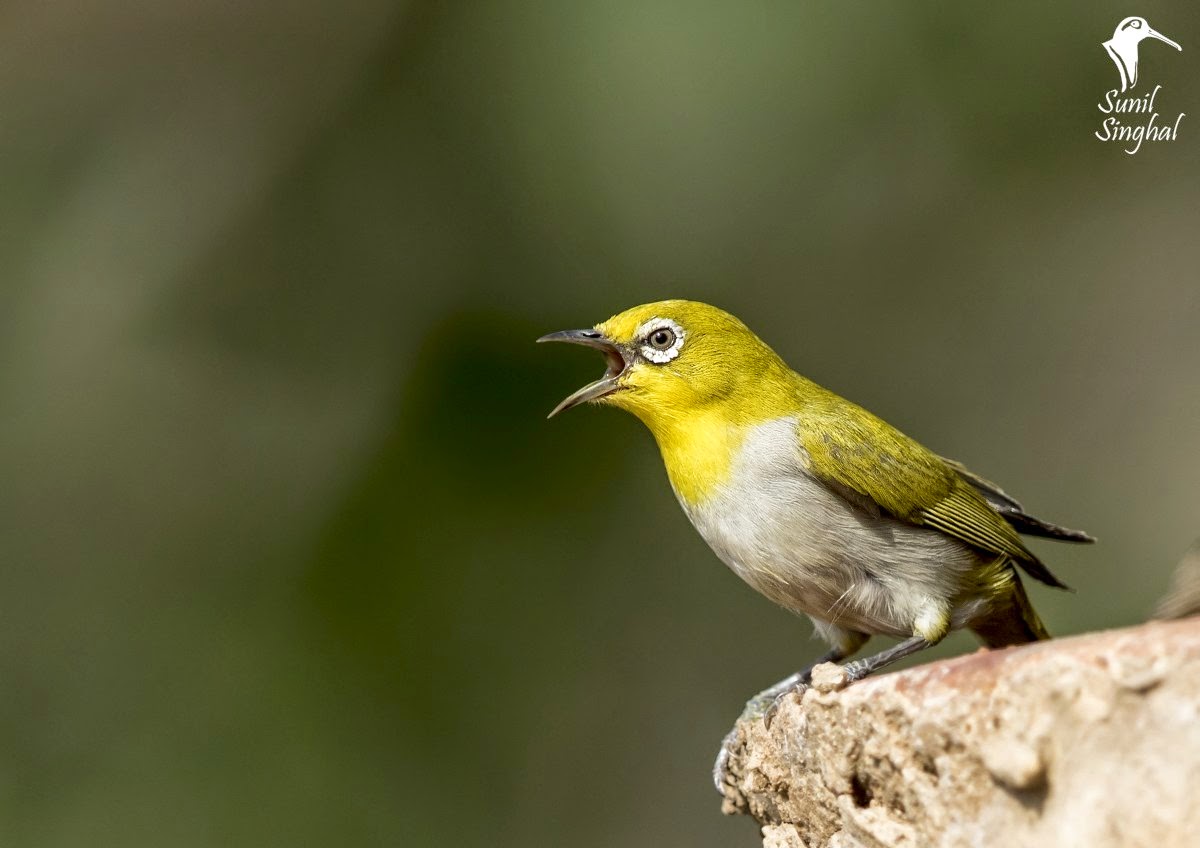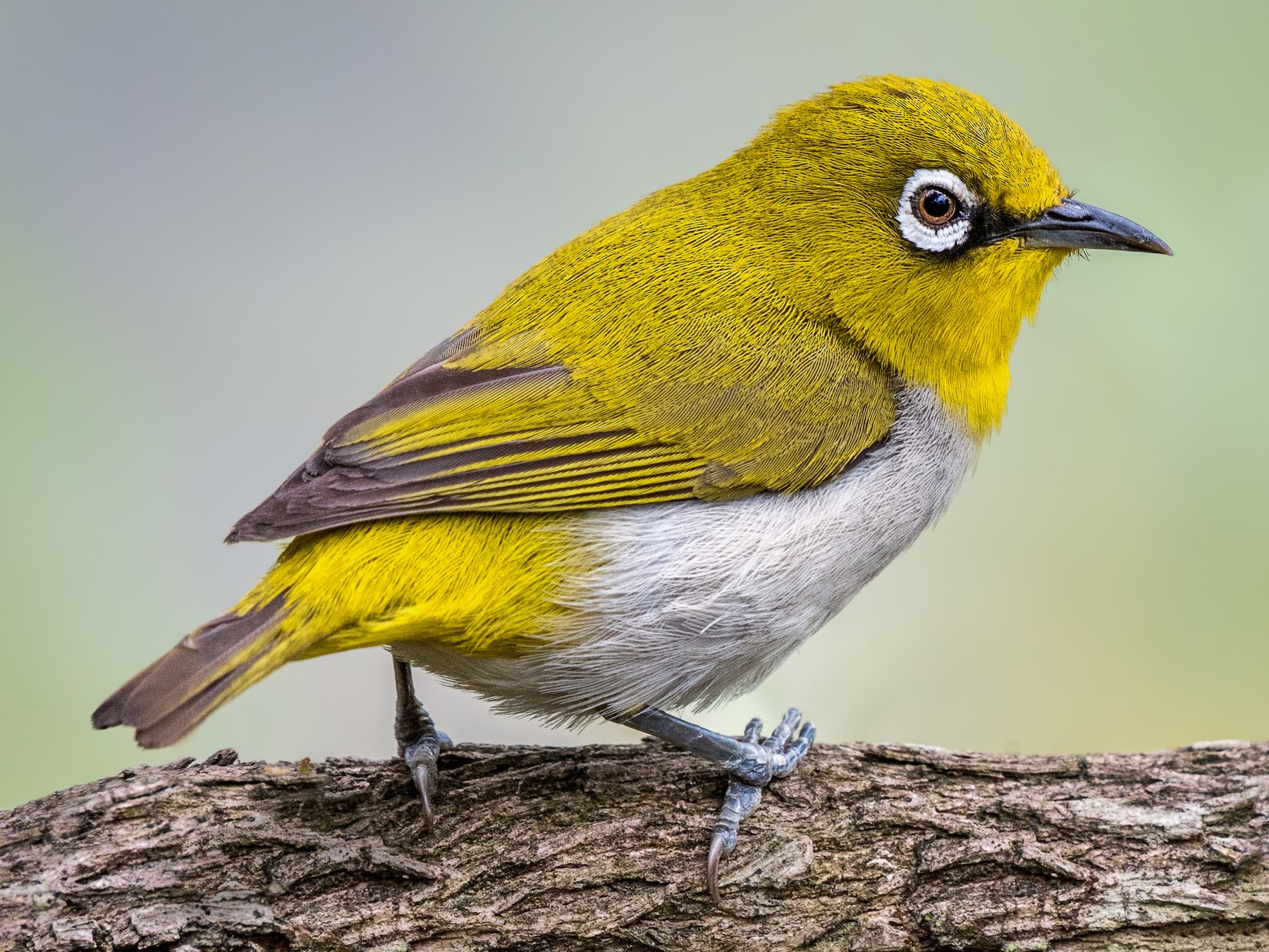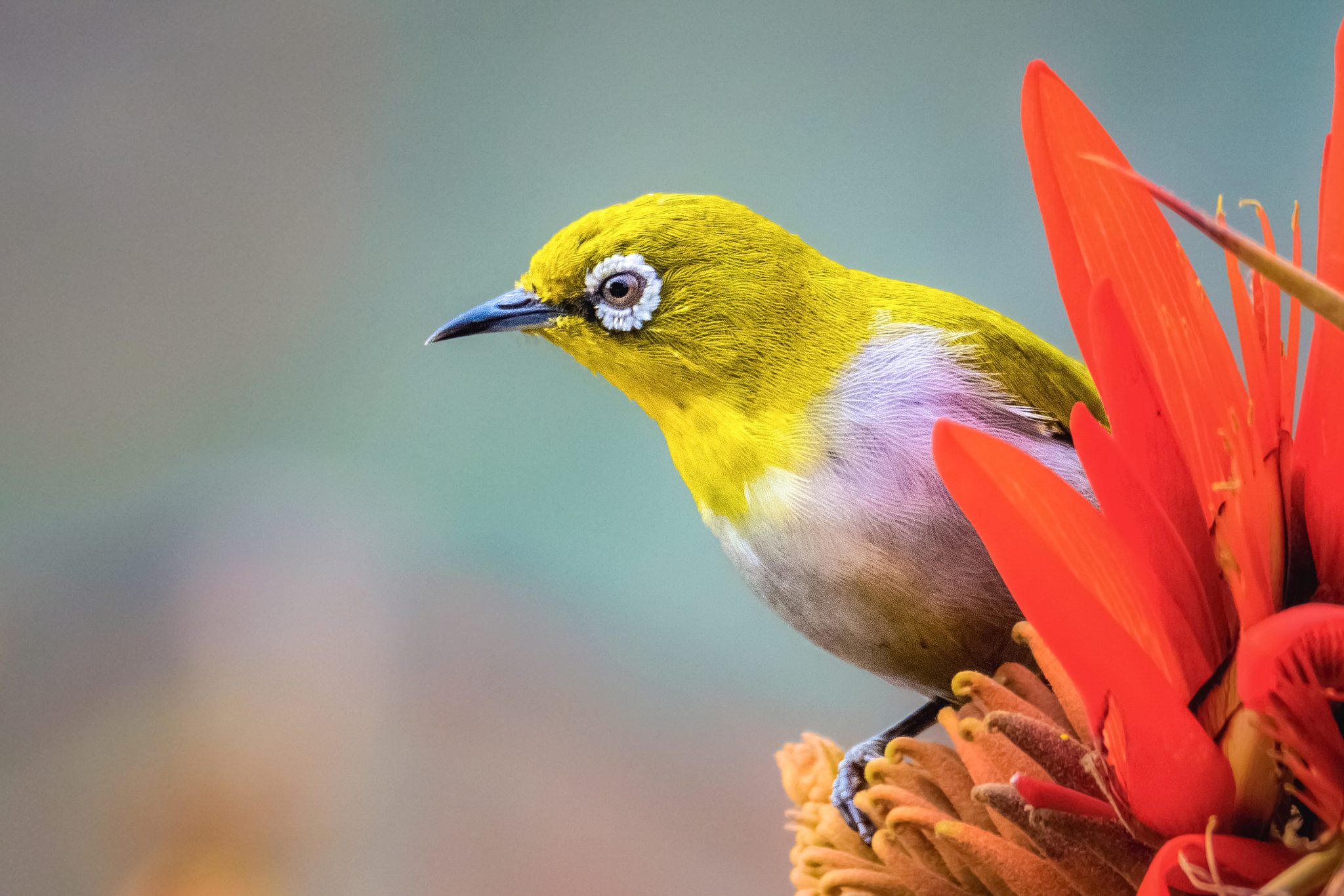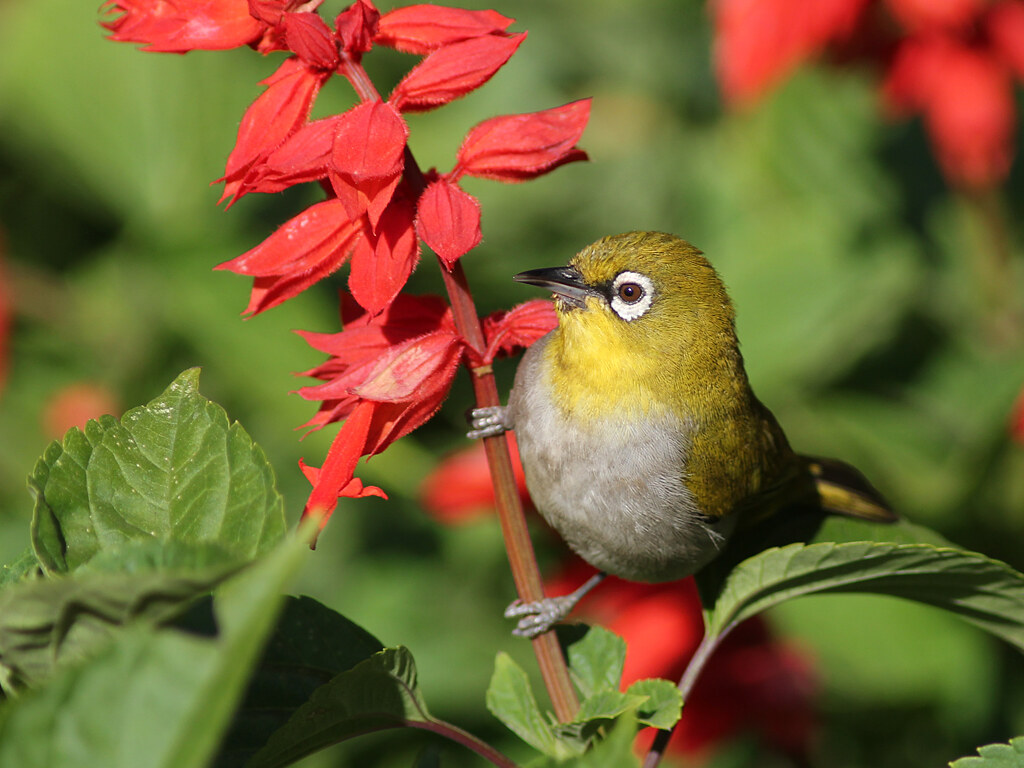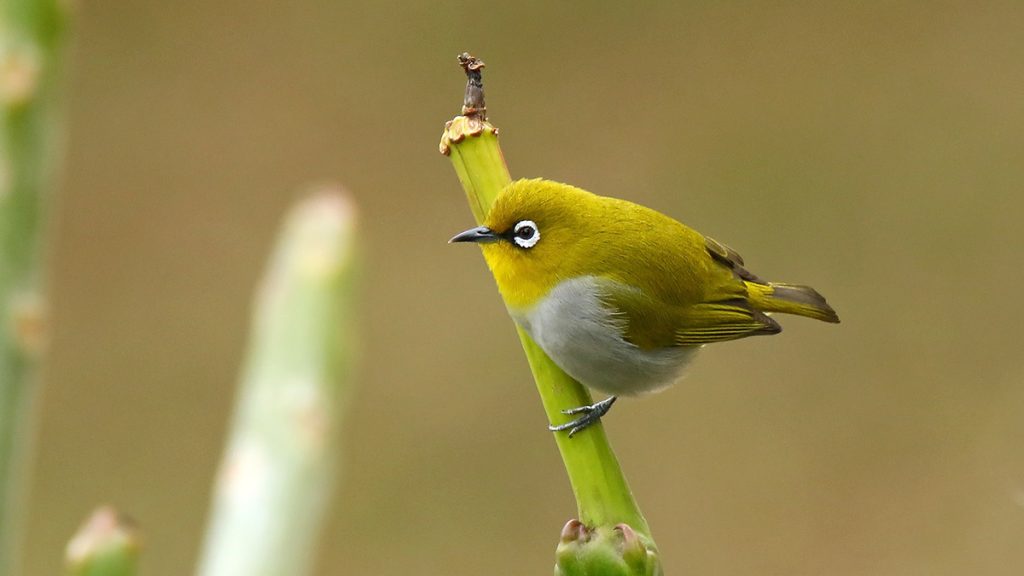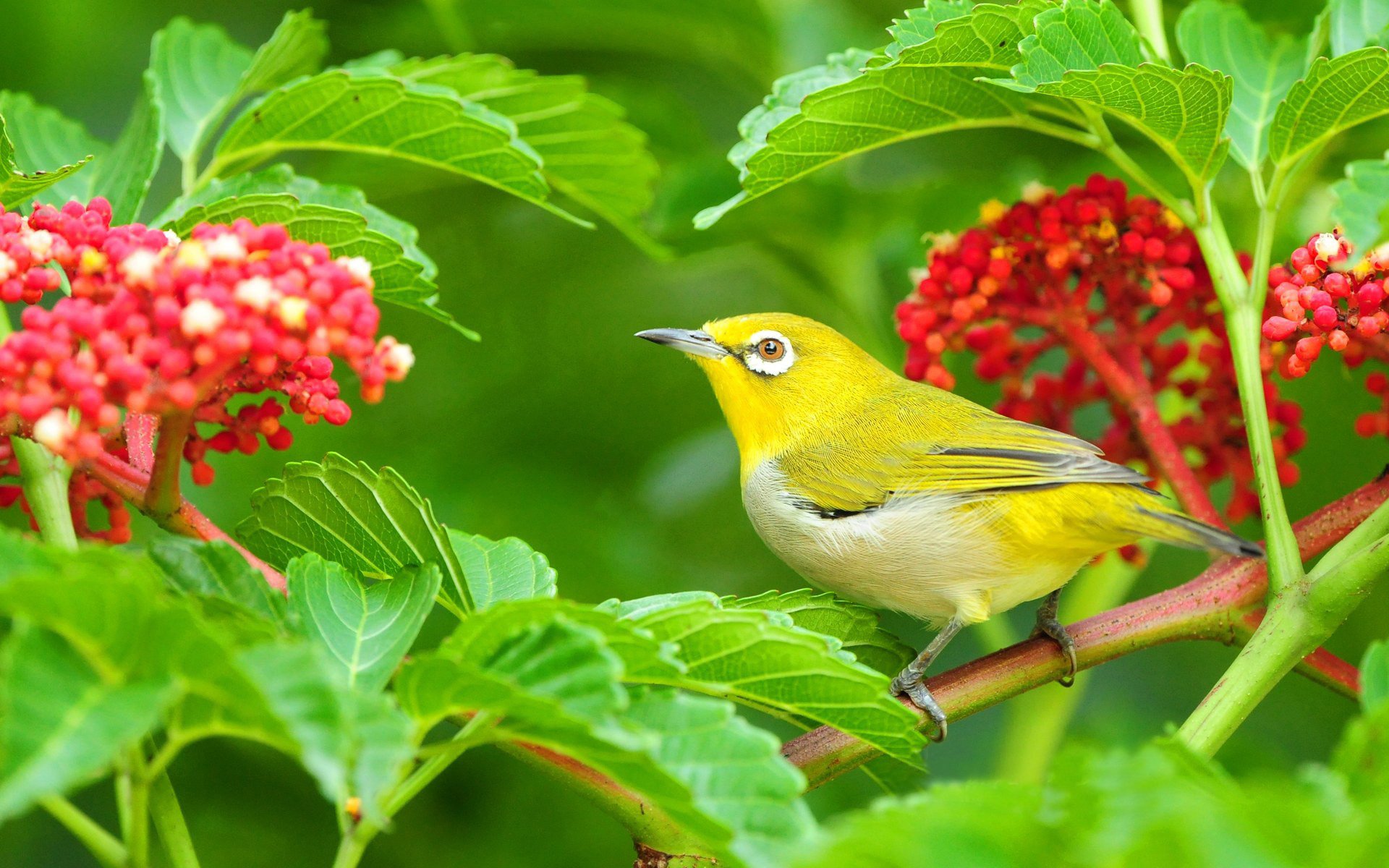Exploring the Allure of the Indian White-eye: A Tiny Jewel of South Asian Skies
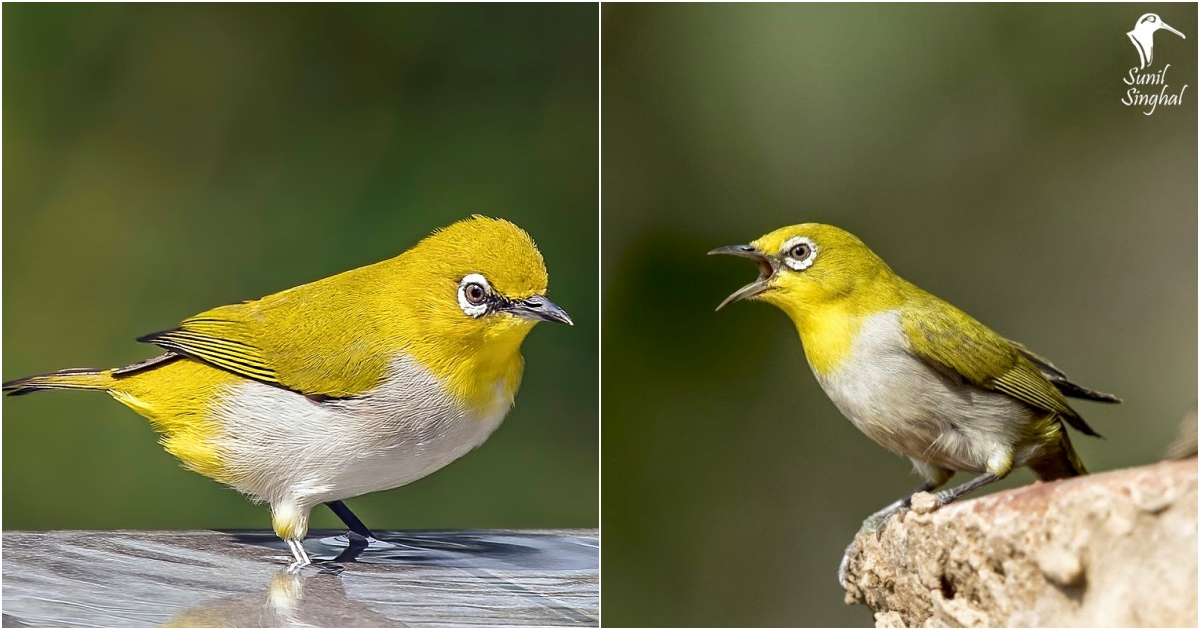
The charming Indian White-eye, scientifically known as Zosterops palpebrosus, is a delightful avian species that can be found in the lush forests and picturesque gardens of India. With its vibrant plumage and cheerful presence, this small bird captures the hearts of birdwatchers and nature enthusiasts.
Belonging to the family Zosteropidae, the Indian White-eye is predominantly found across the Indian subcontinent, including countries like India, Nepal, Sri Lanka, and Bangladesh. Despite its petite size, measuring around 8 centimeters in length, this tiny passerine bird embodies the saying “good things come in small packages.”
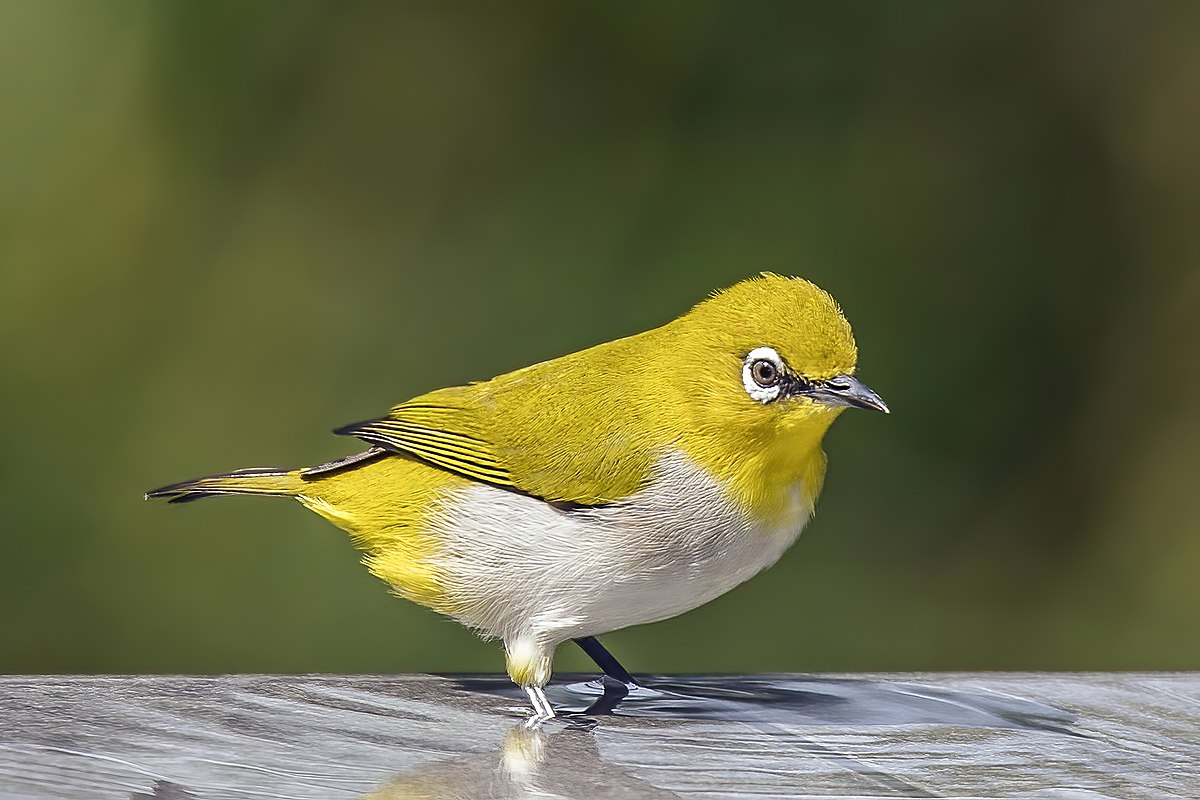
One of the distinctive features of the Indian White-eye is its unique appearance. It displays a striking contrast with its bright olive-green plumage against a vibrant yellow throat and belly. A bold white ring adorns its forehead and crown, giving it its special name. Its eyes are encircled by a thin white eye-ring, adding to its overall charm.
Known for its acrobatic and agile nature, the Indian White-eye is often seen hopping from one branch to another with remarkable ease. Its versatility and dexterity are displayed as it hangs upside-down while foraging for its preferred diet of fruits, nectar, and small insects. Additionally, it plays a crucial role as a pollinator, visiting blossoming flowers and aiding in the pollination process.
This avian species is highly social and is frequently found in small flocks, creating a lively atmosphere with their melodic songs and playful antics. Their vocalizations consist of chirps, whistles, and trills that resonate through the forest canopy, adding a melodic soundtrack to the natural landscapes they inhabit.
During the breeding season, which occurs from March to July, Indian White-eyes typically form monogamous pairs. They construct intricately woven nests made of grass, leaves, and spider webs on the outer branches of trees. These nests provide a safe haven for females to lay their eggs and nurture the hatchlings until they are ready to explore the world.
Categorized as a species of least concern by the International Union for Conservation of Nature (IUCN), the Indian White-eye demonstrates adaptability to various habitats, including forests, gardens, and urban areas, contributing to its thriving population. However, it is crucial to remain vigilant and preserve its natural habitats to ensure a sustainable future for this enchanting bird.
